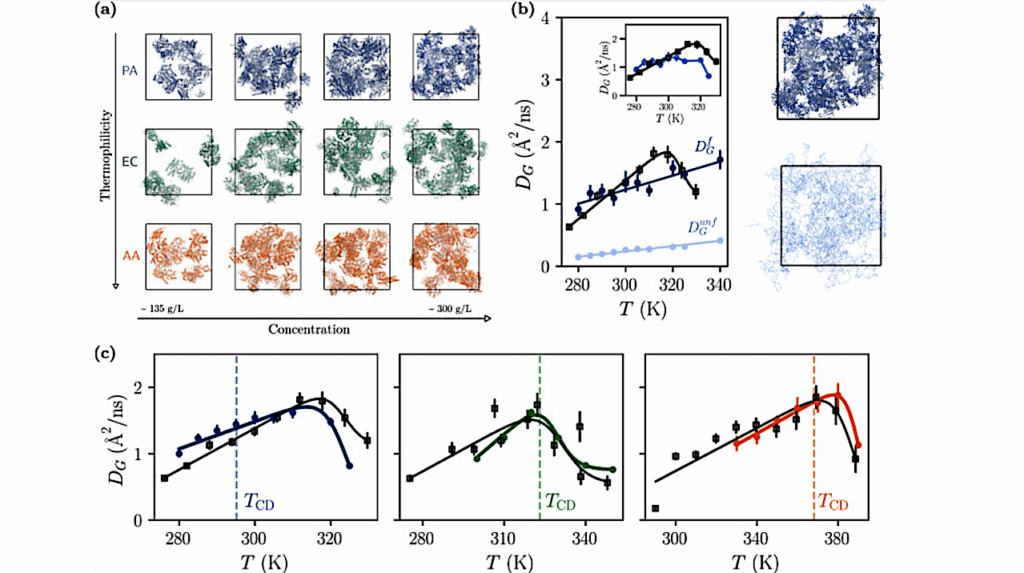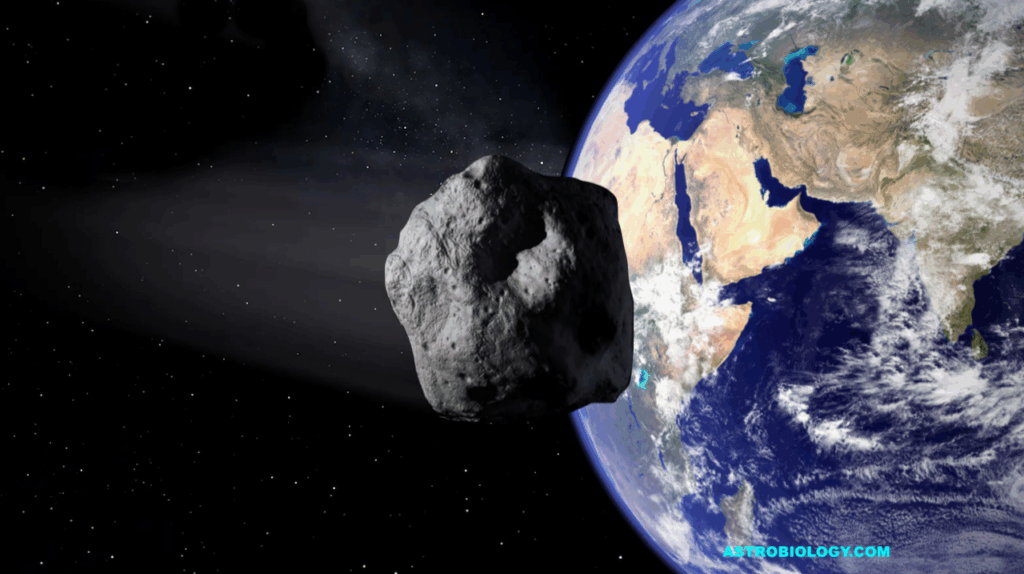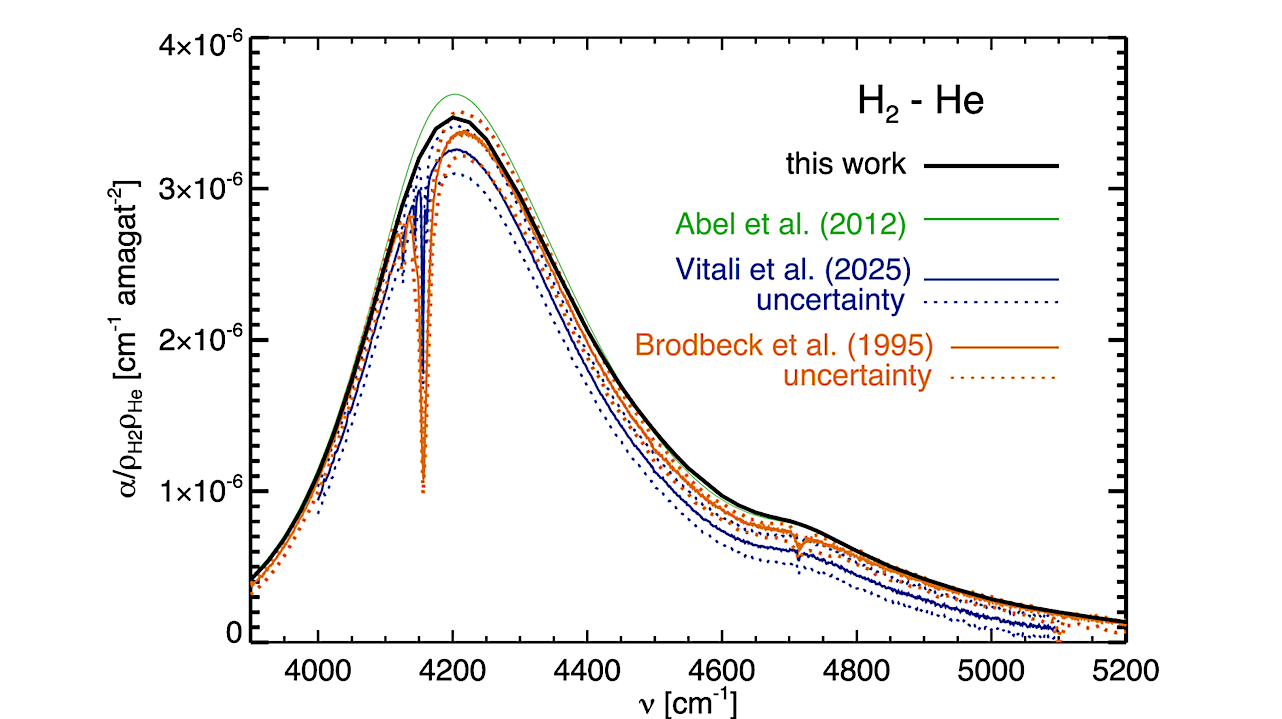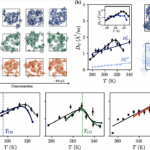Now Reading: On The Efficacy Of Ocean Formation With A Primordial Hydrogen Atmosphere
-
01
On The Efficacy Of Ocean Formation With A Primordial Hydrogen Atmosphere
On The Efficacy Of Ocean Formation With A Primordial Hydrogen Atmosphere
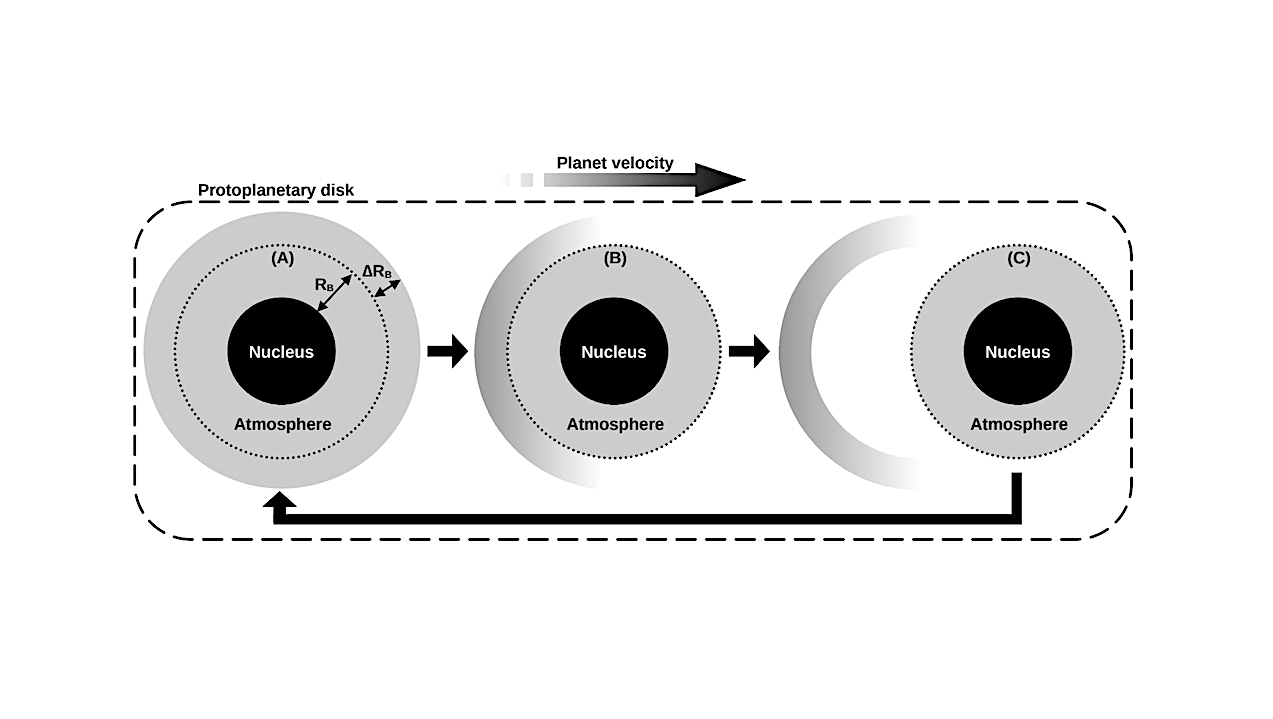

Schematic diagram showing the three stages of cooling from Bondi radius delaminations. In (a), the planet forms a Bondi radius boundary layer of thickness ∆RB with a temperature contrast ∆TB across it. In (b) and (c), the movement of the planet through the protoplanetary disk causes the boundary layer to become unstable and delaminate. Diagram not to scale. — astro-ph.EP
It has been suggested that Earth’s present water budget formed from oxidation reactions between its initial hydrogen-rich primordial atmosphere and its magma ocean.
Here we examine this hypothesis by building a comprehensive atmosphere-magma ocean model. We find that water formation is unlikely for two reasons. First, any water formed from oxidation reactions in the magma ocean would quickly outgass because of the water-poor atmosphere above.
Second, the top boundary layer of the magma ocean becomes stable against convection because the oxidation reactions produce metallic iron, which sinks to the core of a growing Earth. This iron loss makes the top boundary layer significantly more buoyant than the rest of the magma, thus becoming stable against mixing.
Our results suggest that hydrogen dissolution is unlikely to play a major role in the formation of Earth’s oceans.
Darius Modirrousta-Galian, Jun Korenaga
Comments: Accepted for publication in the Journal of Geophysical Research – Planets
Subjects: Earth and Planetary Astrophysics (astro-ph.EP); Atmospheric and Oceanic Physics (physics.ao-ph); Geophysics (physics.geo-ph)
Cite as: arXiv:2506.10417 [astro-ph.EP] (or arXiv:2506.10417v1 [astro-ph.EP] for this version)
https://doi.org/10.48550/arXiv.2506.10417
Focus to learn more
Submission history
From: Darius Modirrousta-Galian
[v1] Thu, 12 Jun 2025 07:14:27 UTC (15,237 KB)
https://arxiv.org/abs/2506.10417
Astrobiology, astrogeology,
Stay Informed With the Latest & Most Important News
Previous Post
Next Post
-
 012024 in Review: Highlights from NASA in Silicon Valley
012024 in Review: Highlights from NASA in Silicon Valley -
 02Panasonic Leica Summilux DG 15mm f/1.7 ASPH review
02Panasonic Leica Summilux DG 15mm f/1.7 ASPH review -
 03From Polymerization-Enabled Folding and Assembly to Chemical Evolution: Key Processes for Emergence of Functional Polymers in the Origin of Life
03From Polymerization-Enabled Folding and Assembly to Chemical Evolution: Key Processes for Emergence of Functional Polymers in the Origin of Life -
 04How New NASA, India Earth Satellite NISAR Will See Earth
04How New NASA, India Earth Satellite NISAR Will See Earth -
 05And Thus Begins A New Year For Life On Earth
05And Thus Begins A New Year For Life On Earth -
 06Astronomy Activation Ambassadors: A New Era
06Astronomy Activation Ambassadors: A New Era -
07SpaceX launch surge helps set new global launch record in 2024













